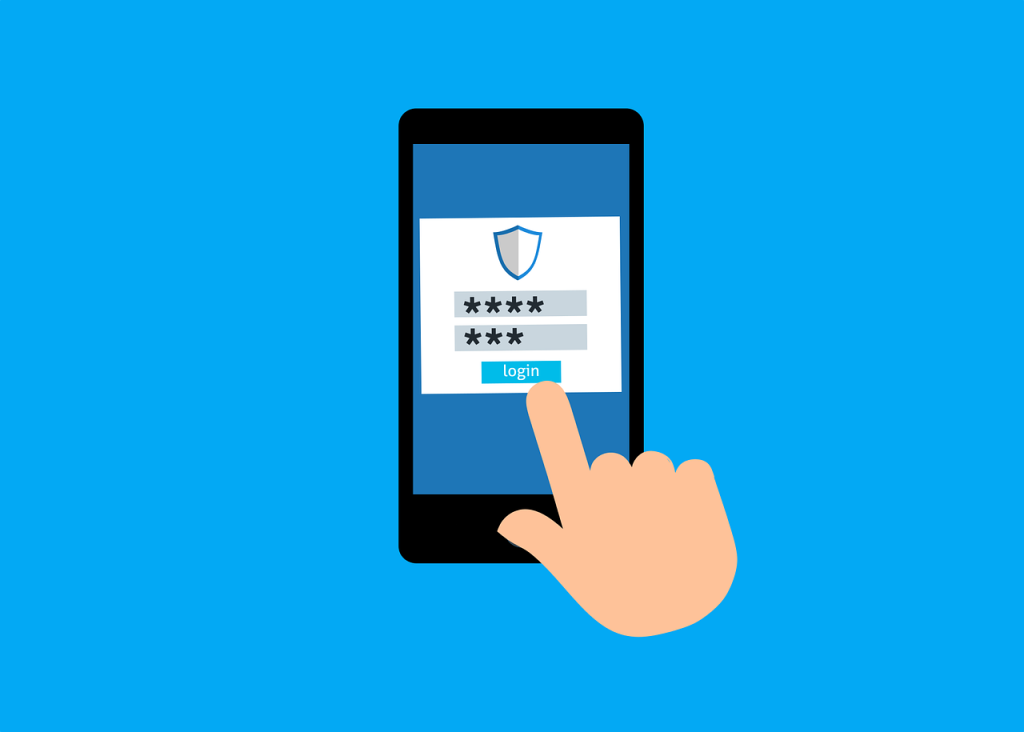SOC & SIEM: What Makes Them Different? Here’s The Answer…

[Sassy_Social_Share]
A Security Operations Center (SOC) is a physical environment where a team of IT professionals leverage the power of Security Information Event Management (SIEM) tools.
The two concepts are fundamentally different in that one is related to the human activity of monitoring security concerns while the other is what enables that activity.
» LEARN MORE: Get Guidance on IT Security & Design Your Security Operations Center
Today, SIEM tools can fit the needs of both mid-sized and large organizations, with Splunk Enterprise Security leading the space due to its flexibility and power.
Although Microsoft is lagging a bit behind compared to Splunk, its offering with Azure Sentinel is now very strong and was awarded great results in the latest Forrester Wave.
Knowing that SOC and SIEM are two different things, they cannot live without another these days, especially in physical enterprise environments but also remote organizations.
SOC vs SIEM: Different Concepts with The Same Goal
The goal of integrating an SIEM into an SOC’s daily operations is to streamline the security workload without any blind spots, giving a 360 degree view into what’s going to happen next.
Let’s look at their definition:
What is a Security Operations Center (SOC)?
A Security Operations Center (SOC) is a centralized business unit dealing with IT security operations across the entire organization. It’s your first line of defense.
The team behind an SOC is responsible for detecting cybersecurity threats and preventing incidents from happening, making predictive analytics the key to success.
It’s the ability to monitor all security systems within a real-time environment (and around the clock!) that makes this team unique and more desirable than others.
What is a Security Information Event Management System (SIEM)?
An SIEM is a management layer above a firm’s existing protocols that provides a way to view and analyze a company’s network activity from a single interface.
SIEMs allow security analysts to spend their time watching for security threats in real time, rather than studying the inner workings of every single security product in their systems.
A key trend in adoption is the movement from on-premise SIEM solutions to cloud solutions such as Splunk Enterprise Security or Azure Sentinel.
How SOC & SIEM Come Together to Bring Your Business Value
Most providers today will offer the SOC team operations packaged with the tool itself, unless the customer somehow got to implement their systems first which is unlikely.
This type of arrangement is best suited for organizations that are moving from a mid-sized organization to a larger enterprise and require deep understanding of their network.
Without a way to monitor all the movements in and out of a number of connection points, an organization risks not seeing the threats that are most common:
- Insider threats, meaning employees or collaborators who are trusted and may have access to organization data but who are intentionally misusing it;
- Abuse of privileged access, meaning that either an individual or a third-party vendor makes use of their access in a destructive or excessive manner;
- External threats, meaning anything that is disruptive or intrusive to an organization’s system from outside, whether by social engineering or denial of service;
- Exploited vulnerabilities, meaning an internal or external actor who’s able to get access to unauthorized material by exploiting a vulnerability in the system.
… and more.
The reason why an SIEM is so valuable to organizations is that it keeps all of these threats under one roof, to be monitored by a team of professionals who immediately act on them.
Threats don’t always have to be immediately disruptive to an organization’s workflow though, they can progress over time, making “threat hunting” a standard practice in SOCs.
Using predictive analytics that analyze past system and user data, SIEM platforms like Azure Sentinel can give hints on whether a threat is to be worked on preemptively.
How Do You Get Started with an SOC?
A modern SOC will always make use of an SIEM and, while the tooling will apply to the specific use case of the organization, there are steps you can follow to get started effectively.
Step #1: Designing & Developing an SOC Strategy
All businesses will have their unique needs when it comes to monitoring threats, so designing a strategy is crucial to getting the SOC aligned with the organization’s needs.
To do this, you want to:
- Identify and define business objectives
- Assess your current security capabilities
- Initially limit your scope to just a few functions:
- Monitoring
- Detection
- Response
- Recovery
- Delay non-core functions based on the organization’s needs
- Start documenting the requirements for each function
Once you have clear briefs highlighting what’s needed for each function, you want to go ahead and document the processes necessary, possibly with the help of a cybersecurity consultant.
Step #2: Documenting & Testing the Architecture
To design your technical architecture and move forward with the SOC strategy, you want to choose the SIEM to work with and identify any business systems to connect:
- Choose the SIEM based on your briefings
- Identify third-party business systems to be integrated
- Define processes and workflows for data to come into the SIEM
- Pinpoint areas where automation is key to success
- Test the architecture with the help of a consultant
If you don’t have anyone to help at this stage, it’s crucial that you hire an experienced cybersecurity consultant to lay out the architecture appropriately.
One hitch down the line and the whole system breaks down, essentially neutralizing all the efforts made up to that point. You don’t want that to happen in any shape or form.
Step #3: Training or Hiring IT Professionals
You have your architecture laid out, now it’s time to train your team on it. If you’re planning to hire external folks on this, you want to share the entire documentation with them.
Hiring IT professionals who specialize in the SIEM you’ve chosen is one of the most popular routes primarily due to cost savings. But it’s not the only route…
When a new team you’ve hired internally will become your SOC, you have to invest heavily in training them not only for the new system you’ve designed, but also for general best practices.
You have to invest heavily in training your team not only for the new system you’ve designed, but also for general best practices.
A lot of IT companies are now operating with an SOC-as-a-service model which tackles all of these problems at once, making it easier than ever to hire folks and get started.
It’s important however to plan with your business objectives in mind. Is your company going to scale the SOC efforts significantly down the line? Or do you plan to keep the team small?
For the latter, hiring internally may be best. For organizations that are looking to scale massively in the coming years, it’s best to have the support of external IT professionals.
Step #4: Setting Up Your SIEM Environment
As you can see, SIEM tools are only one part of the overall process, whereas the processes powering the Security Operations Center are key to the success of your strategy.
So, how do you set up your SIEM to fit with those goals in mind? There are countless setups to go through at this stage, and they represent the core of your SOC strategy:
- Bringing up your log management infrastructure
- Onboarding a minimum collection of data sources
- Setting up your predictive analytics capabilities
- Implementing the necessary automations
- Testing with the team members
As you bring up your Security Information Event Management tool, you want the team to chime in at every stage to understand its technicalities and how to troubleshoot issues.
Step #5: Deploying The System End-To-End
Finally, you have your team of trained cybersecurity professionals and a system to make use of, now you can deploy it end-to-end and go through a first test iteration of it.
Remember that system interoperability is critical for an SOC strategy to be effective, making your SIEM choice crucial to the long-term success of your cybersecurity efforts.
While IBM and Splunk are the obvious choices, Microsoft’s solutions will fit greatly within the rest of your business infrastructure, giving you a highly flexible environment to work with.
While IBM and Splunk are the obvious choices, Microsoft’s solutions will fit greatly within the rest of your business infrastructure, giving you a highly flexible environment to work with.
Once your systems are in place, you want to go through each documented use case (see step #2) and prove that your solution is reliable and secure to regulatory bodies, if necessary.
Doing this will require thorough reporting of all data sources as well as a vulnerability checkup on all systems used by both the SOC team as well as third parties.
Following a structured approach to developing your Security Operations Center is what’s going to ensure that the processes and SIEM configurations won’t fall apart down the line.
Why SOC & SIEM Are Worth The Investment
Companies which have suffered from either internal or external attacks will know the pain of having to make up for the loss, often big enough to halt business development.
Although the business benefits are many, SOCs are also part of regulatory requirements for many companies who deal with data that cannot end up in the wrong hands.
The all-in-one nature of SIEM tools is what makes them so attractive to businesses looking to have one place where they can focus all their security efforts and concerns.
Implementing such a solution is expensive but necessary for some. That’s why SOCs now offer SOC-as-a-service as a way to start faster while maintaining a high level of quality in service.
This makes the process of implementing an SOC faster and more convenient than having to work in house. It’s also a cost-effective solution, which is what businesses care about most.
With less of a weight on the organizations shoulders, investing in a proper SOC setup—even if outsourced—is crucial to keep threats in check and allow for continued development.
Originally published 4 Mar 2021






